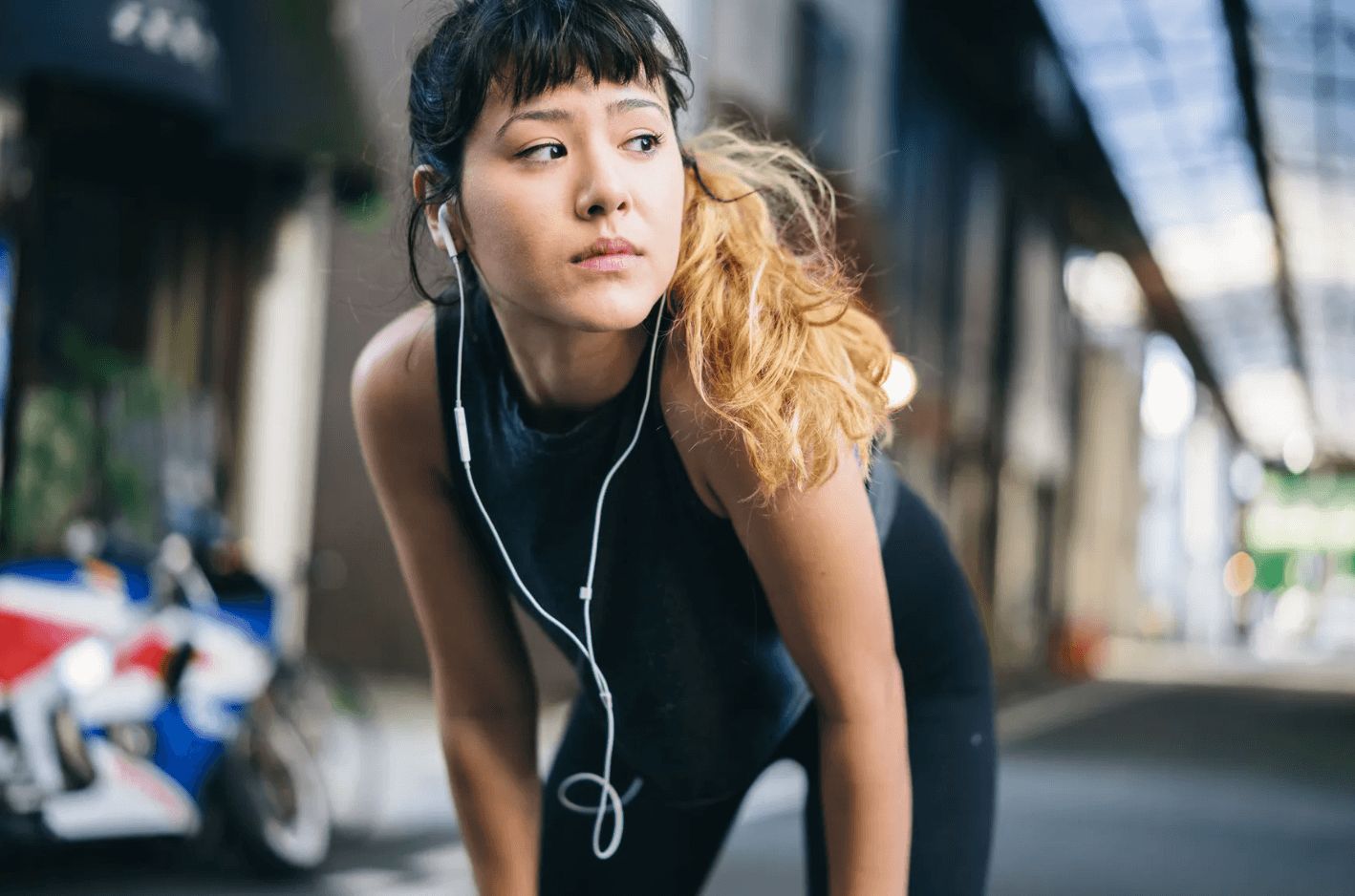- Thriving Guide
- Posts
- Does Running Age Your Skin? The Truth About Runner’s Face
Does Running Age Your Skin? The Truth About Runner’s Face
Why running isn’t to blame for premature wrinkles and how to protect your skin.

"Runner’s face" is a term often thrown around on social media to describe sagging, gaunt, or tired-looking skin supposedly caused by running. While this concept has gained attention online, there is little medical evidence to support the idea that running alone ages your face. In fact, experts say running and other cardiovascular exercises can have the opposite effect keeping your skin healthier and younger-looking.
What Is Runner’s Face?
The term refers to the anecdotal belief that long-distance runners often develop prematurely aged skin that looks leathery, wrinkled, or hollow. Social media platforms like TikTok have helped spread this idea, but studies have not found a direct link between running and accelerated facial aging.
What Really Causes Skin Changes?
The changes attributed to “runner’s face” are more likely the result of other factors, such as:
Low body fat: Running is a calorie-burning activity that can lead to a leaner physique. Significant reductions in body fat can reduce facial fullness, a trait typically associated with youthful appearance.
Sun exposure: Outdoor runners are often exposed to ultraviolet (UV) rays, which can cause wrinkles, age spots, and skin damage if sunscreen isn’t used regularly. Studies show that 7% to 45% of runners neglect sunscreen during outdoor workouts.
Does Running Age Your Skin?
Contrary to the myth, running does not inherently cause premature aging. In fact, endurance exercise has been shown to reduce a process called glycation a biochemical reaction linked to aging and skin damage. Regular cardiovascular activity also improves circulation and helps skin receive more oxygen and nutrients, which can lead to a healthier complexion.
The American Academy of Dermatology notes that moderate exercise boosts immune function and blood flow, both of which support healthy skin.
How to Protect Your Skin as a Runner
If you want to maintain a youthful appearance while running, focus on sun protection and healthy body fat levels:
Wear sunscreen: Use a broad-spectrum SPF 30 or higher, and reapply every 40 minutes if you are sweating.
Run during low-sun hours: Early morning or late afternoon runs help minimize UV exposure.
Use protective gear: Wide-brimmed hats, sunglasses, and UPF-rated clothing offer extra protection.
Maintain a healthy weight: Know your ideal body fat range. For women, 20–24% is considered “general fitness,” while for men it’s 14–17%.
The Bottom Line
Runner’s face is more myth than fact. Running, when paired with proper sun protection and a balanced diet, may actually help slow the skin’s aging process. Don’t let unfounded claims keep you from enjoying the many physical and mental benefits of running.
Discover more wellness insights and lifestyle tips by subscribing to our newsletter.